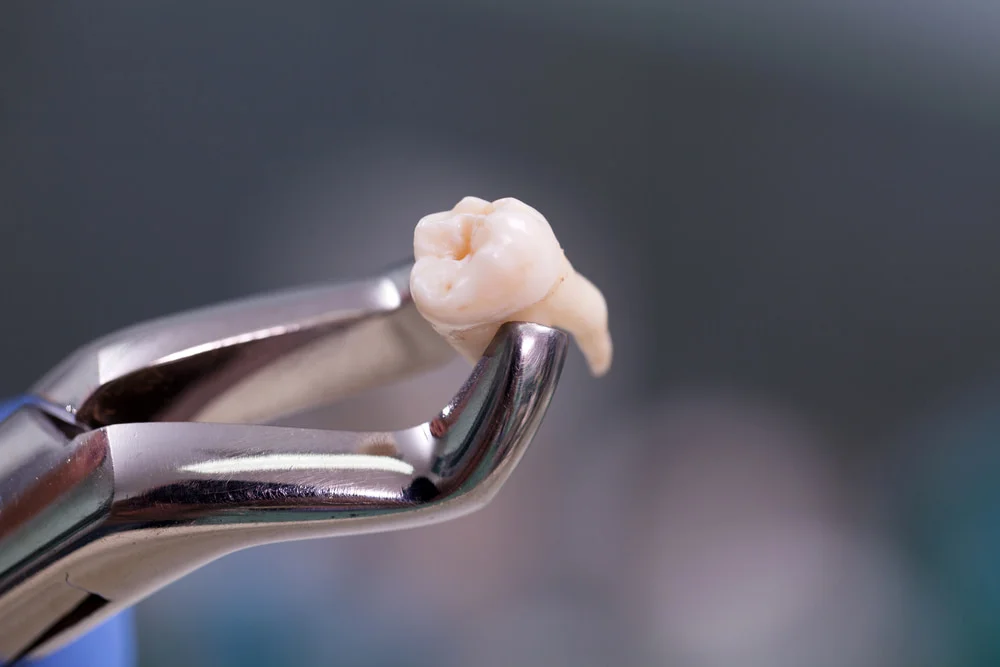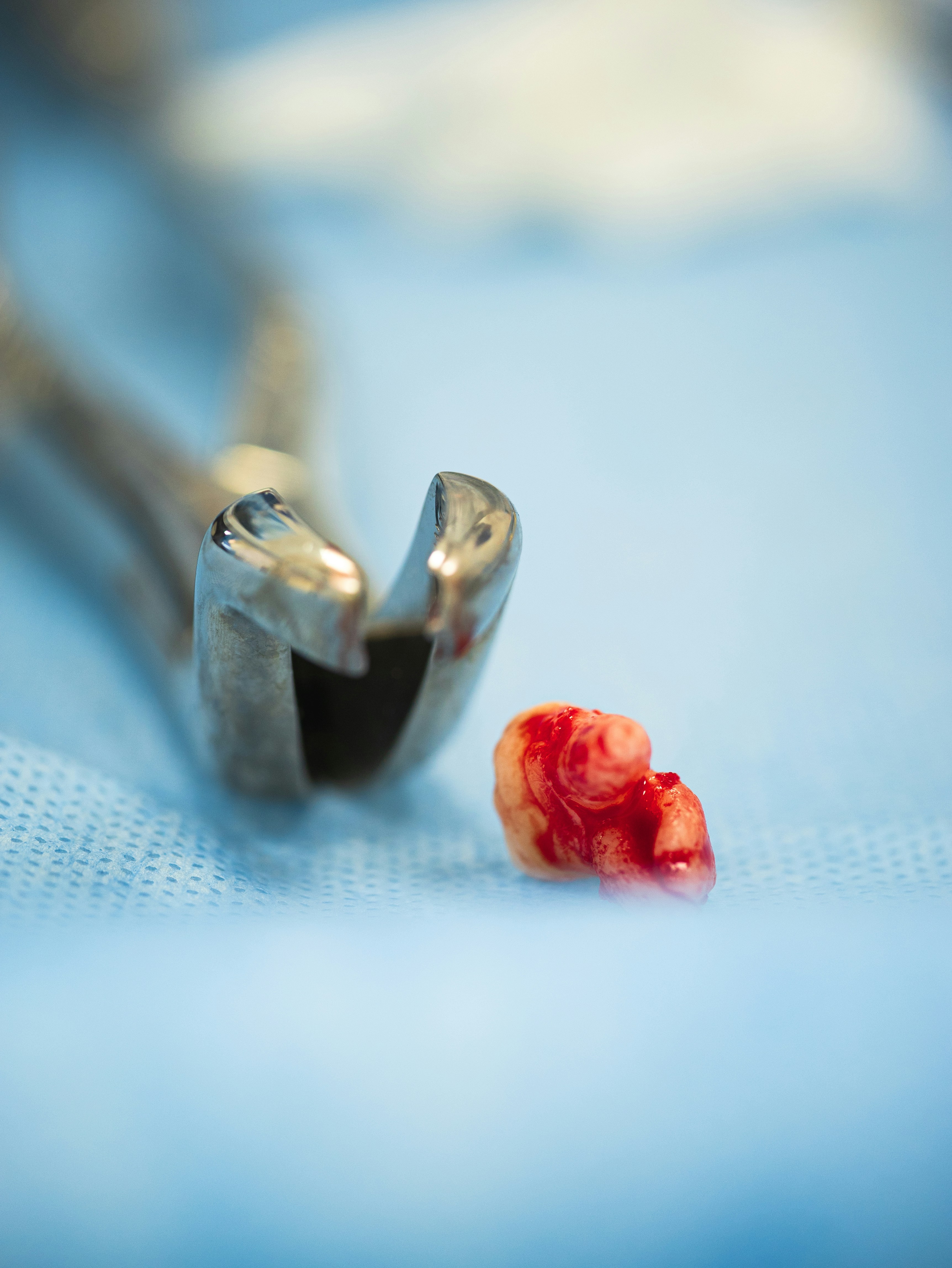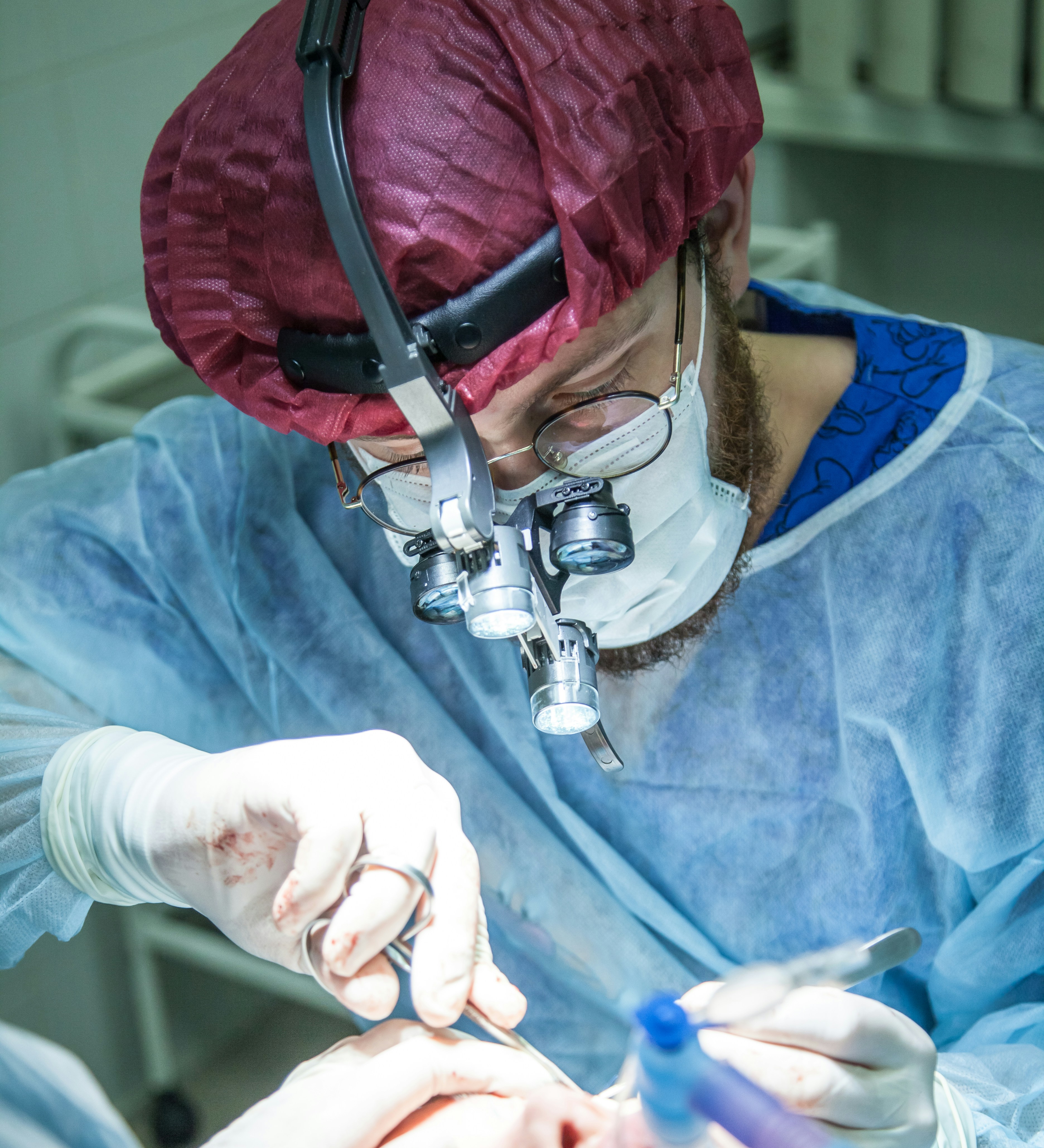
Remove damaged or problematic teeth safely and comfortably. At Smyrna Dental Studio, we offer gentle tooth extractions, including simple, surgical, and wisdom teeth extractions, with personalized care and modern sedation options.
View All Services
Safe & Comfortable Tooth Removal
Tooth extraction is the careful removal of a tooth that is decayed, damaged, or causing overcrowding. Our skilled dentists assess each case to determine whether a simple extraction or a more advanced surgical procedure is needed. Using modern techniques and sedation options, we minimize discomfort and ensure a smooth procedure. Our priority is preserving your oral health while relieving pain or preventing further dental issues.
The Benefits of Professional Tooth Extraction
Expert tooth extraction provides relief from pain, prevents infection, and protects the alignment of surrounding teeth. Timely removal can stop the spread of decay and prepare your mouth for future treatments like implants or orthodontics. Our gentle approach reduces anxiety and ensures quick recovery. Patients leave with improved comfort, healthier teeth, and peace of mind knowing the extraction was performed safely and effectively.
Your Tooth Extraction Journey
Step-by-step approach for a smooth, worry-free experience.
1- Comprehensive Assessment
We examine the tooth and surrounding structures using X-rays to determine the best extraction method.
2- Personalized Anesthesia & Sedation
Local anesthesia or sedation is administered to ensure comfort throughout the procedure.
3- Tooth Removal
The tooth is carefully extracted using techniques tailored to the type and complexity of the case.
4- Post-Extraction Care
We provide detailed aftercare instructions, including pain management, diet guidance, and follow-up appointments for optimal healing.
Tooth Extraction FAQs
Is tooth extraction painful?
With local anesthesia and modern sedation, most patients experience minimal discomfort during the procedure.
How long does it take to recover?
Initial healing usually occurs within 1–2 weeks, though complete recovery depends on the type of extraction.
Can wisdom teeth be removed safely?
Yes. Our dentists specialize in both simple and surgical extractions, including impacted wisdom teeth.
Will I need stitches?
Some extractions require dissolvable stitches, which aid healing and are removed automatically.
What should I eat after an extraction?
Soft foods and plenty of fluids are recommended. Avoid hard, crunchy, or sticky foods until healing is complete.
Schedule Your Gentle Tooth Extraction Today
Experience safe, expert tooth removal at Smyrna Dental Studio. Book your consultation online today and receive personalized care for a comfortable, smooth extraction.








